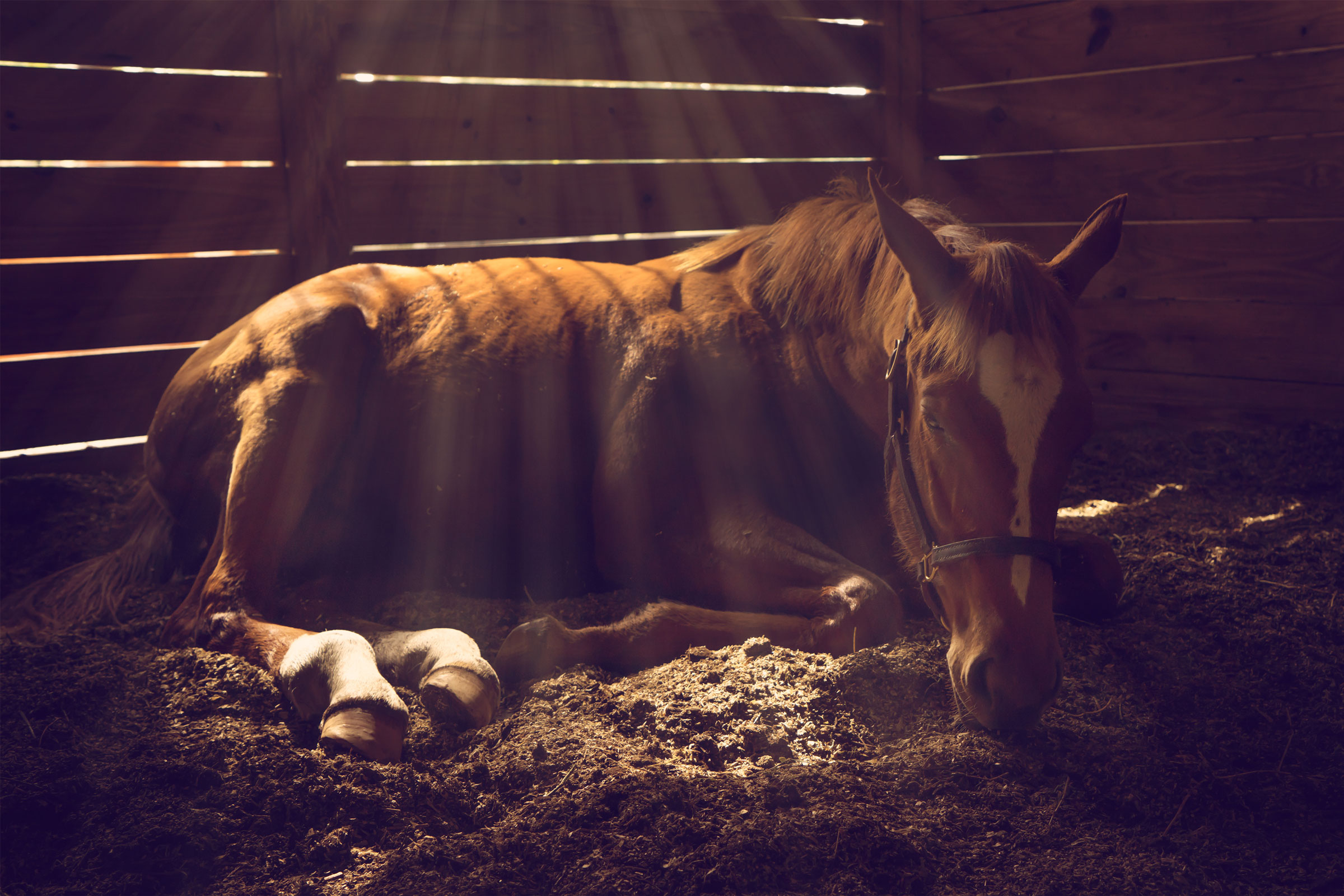
Older equine practitioners probably remember the use of hoof casts to manage laminitis, a procedure not as common now as in decades past. One study examined heel elevation incorporated into a foot cast and its effect on breakover in a laminitic horse.[Al Naem, M.; Litze, L.F.; Geburek, F.; et al. Effect of heel elevation on breakover in horses with laminitis. BMC Veterinary Research 2020, vol. 16, p. 370; doi.org/10.1186/s12917-020-02571-5].
Previous research demonstrates that maximal load on the toe occurs during breakover in laminitic horses. The objective of this study was to identify a method of easing the breakover phase to protect damaged lamellae in the toe from receiving excessive loads.
A variety of heel elevation devices are used for laminitic horses—lily pad, wooden shoes, Soft Ride boots, foam board, and also hoof casts with a heel wedge. This study compared breakover with a heel wedge to how the laminitic horse moves when barefoot. Eight horses with acute laminitis were treated medically and their feet were cast with a heel wedge to increase contact area in the heel region.
The results demonstrate that a laminitic horse with a heel wedge has a shorter breakover period (2% of stance phase) than when barefoot (6% of stance phase). The onset and duration of breakover depend on hoof angle and toe length, with a longer toe length contributing to longer breakover phase. The heel wedge is able to reduce the load on the toe compared to a horse being barefoot.
Based on other studies, heel elevation places 81% of the load on the palmar half of the hoof. A heel wedge improves speed of breakover and in so doing, moves the center of force toward the heel—this not only relieves pain but also mitigates damage to the lamellae.
In addition, sole and frog support achieved with a heel wedge further reduces stress on the lamellae. The casting material molds well to the sole and frog sulci to distribute the load over the weight-bearing surface without needing to use impression material. Bedding horses on peat or sand also helps to support the sole and relieve the load on the hoof wall.
It is noted that this heel elevation treatment is not appropriate for horses with generalized lamellar damage and/or sinking of the distal phalanx. The authors suggested restricting use of this method to no more than 2-3 weeks in order to avoid hoof contraction or collapsed heels.








